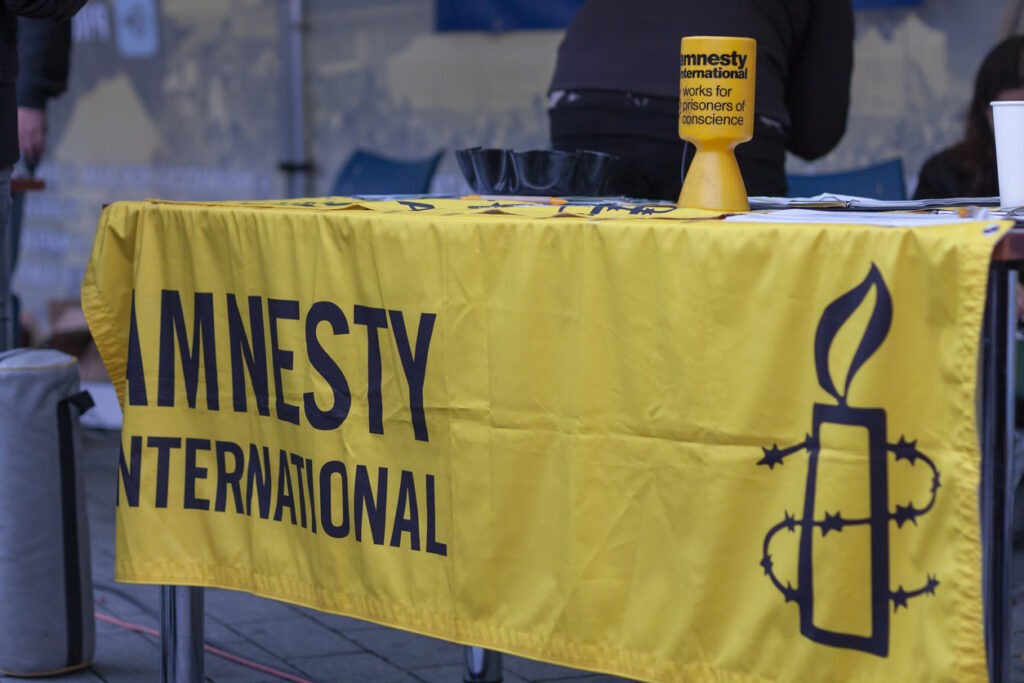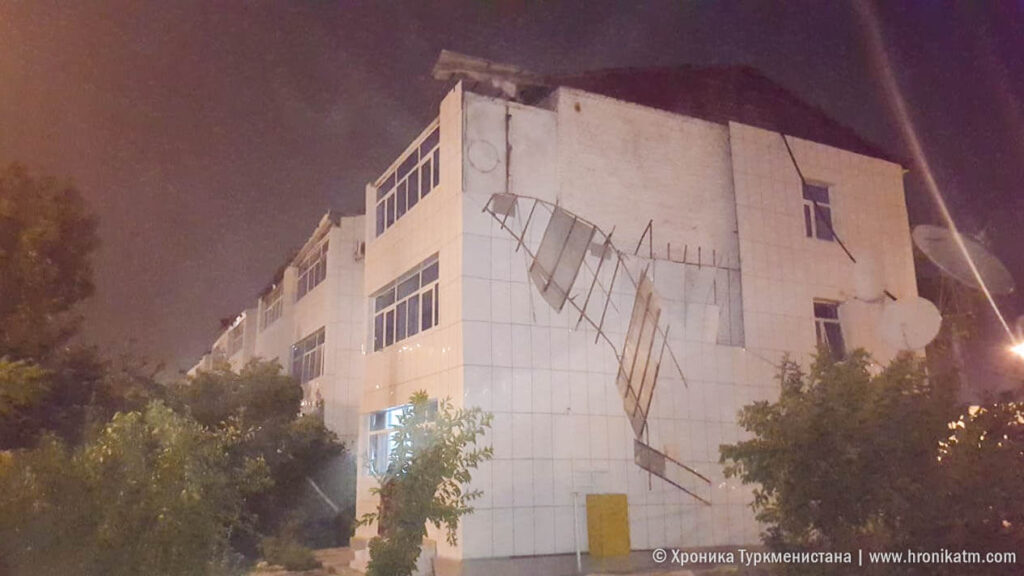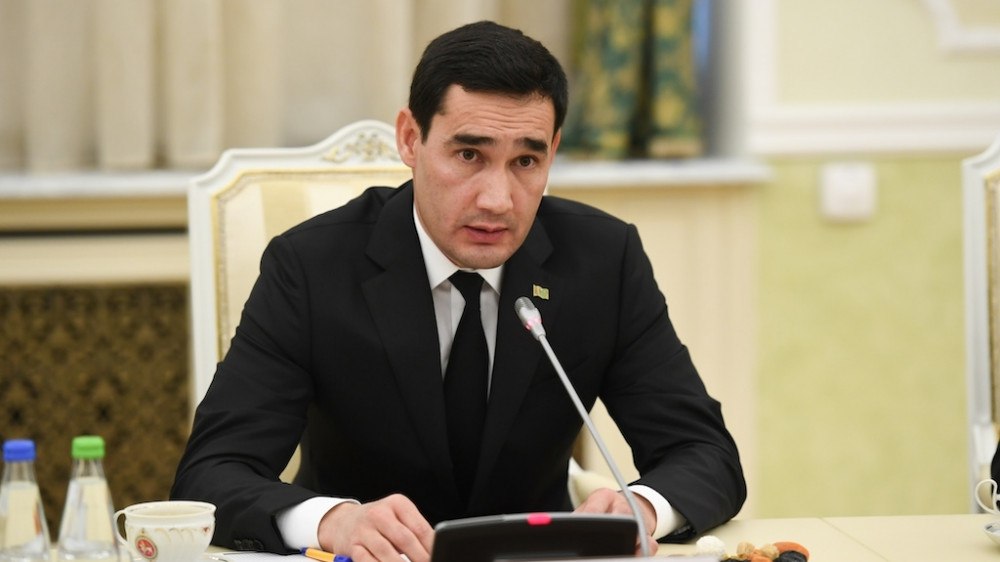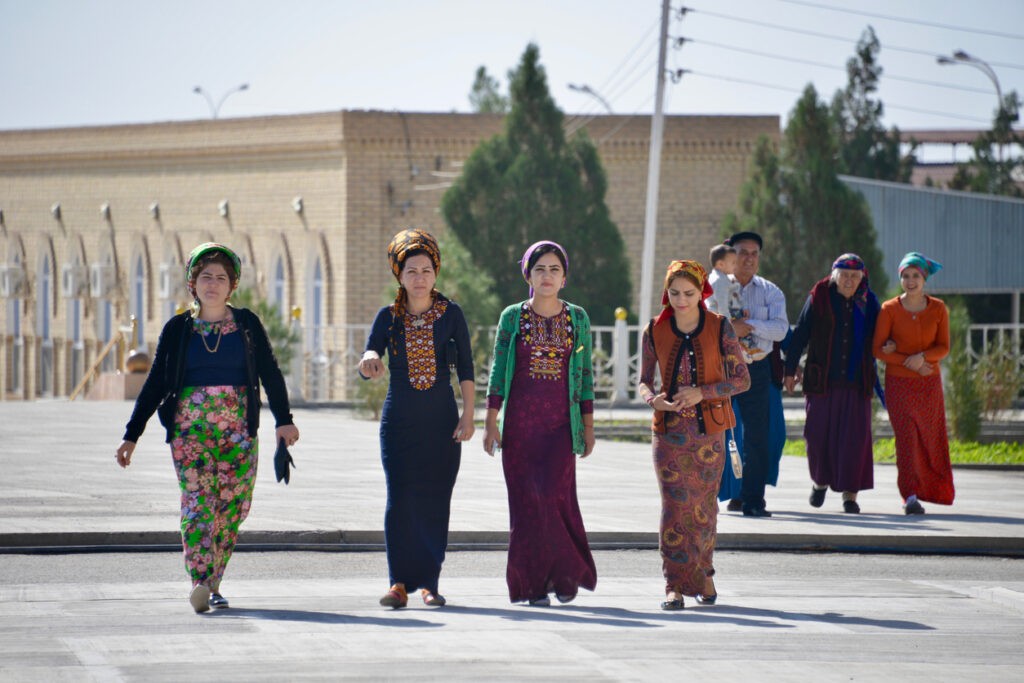Turkmenistan’s Public Sector Employees Pay Up to Care for Mulberry Silkworms, Cotton Fields
To cover the costs of silkworm care and the weeding of cotton, money is being collected from employees of state institutions in the Mary region, according to a report by Radio Azatlyk. According to a verbal order issued by the authorities, 100 manat is being collected from each government employee for the cost of silkworm care - and 30 manat for weeding. Many workers at state institutions are dissatisfied with yet another example of extortion, but say they have no choice but to comply. According to an employee of one local state organizations, if any employee refuses to hand over the money, a report will be written on him or her. Employees who don't agree with the collection of money are accused of opposing public policy, which can lead to their dismissal under various false pretexts. "It is already very difficult to find a job now. Therefore, the majority of public sector workers are forced to agree to submit to the authorities' next levies. If you write a report on one worker, the rest of them immediately agree to any demands," the anonymous government worker said. According to a presidential decree signed in February, Turkmenistan plans to produce 2,100 tons of silkworm cocoons this year. Meanwhile, cotton sowing projects also continue.








